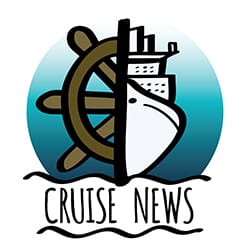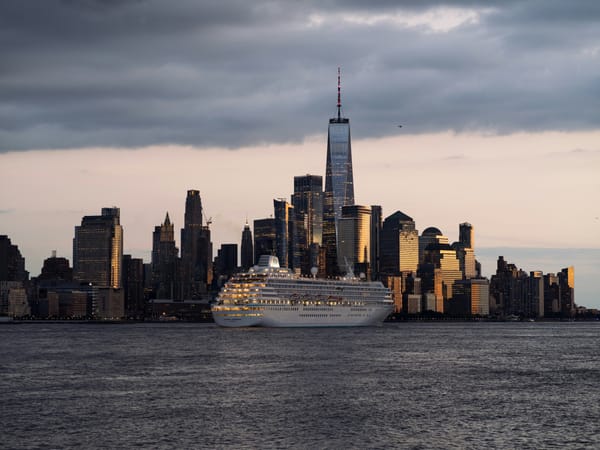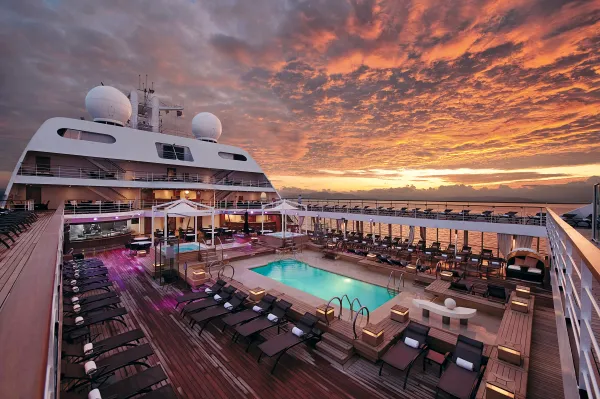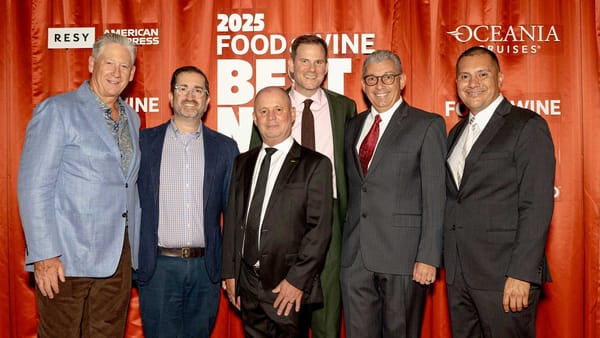Royal Caribbean, Carnival See Record Cruise Demand Despite Economic Pressures
As cruise lines maintain strong bookings and boost forecasts, the industry shows adaptability in balancing economic pressures, evolving traveler preferences, and sustainability demands.
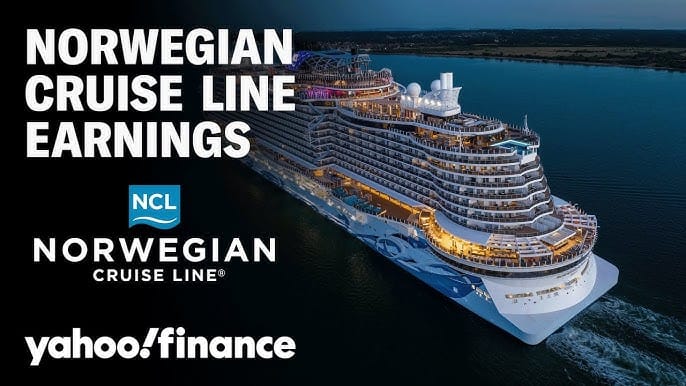
Royal Caribbean and Carnival continue to stand out in the cruise industry, buoyed by surging demand that has persisted in the wake of the pandemic. As consumers increasingly prioritize affordable yet memorable vacations, cruises have re-emerged as an appealing alternative to land-based travel. Recent earnings updates, high occupancy rates, and encouraging forecasts for the remainder of the fiscal year underscore this trend.
Royal Caribbean’s Optimistic Profit Forecast
Royal Caribbean has raised its full-year profit forecast, surpassing market expectations with adjusted earnings per share now anticipated to land between $14.55 and $15.55. This upward revision reflects stronger-than-expected revenue, easing fuel costs, and favorable currency exchange rates. CEO Jason Liberty noted that solid booking trends during the WAVE season, a pivotal period for cruise sales, have positioned the company favorably despite ongoing economic uncertainties.
The company recorded a 7.3 percent revenue increase in Q1, totaling $4 billion and beating analysts’ projections. Net income more than doubled from the same period last year, hitting $736 million. Occupancy rates climbed to 108.8 percent, signaling steady consumer interest in cruising. According to Liberty, cruises offer affordability and value compared to traditional resorts and hotels, with millennial and Gen Z travelers drawn to premium leisure experiences on the high seas.
Carnival Cruises: Steady Recovery Amid Challenges
Carnival Corporation has also reported rising revenue and improved operating profits. Despite an industry-wide slowdown during the pandemic, Carnival achieved an occupancy rate of 103 percent in Q1, alongside record-high bookings at premium price points. Revenue rose by 7.5 percent to $5.8 billion, while operating income doubled to $543 million.
However, Carnival contends with a $27 billion debt load. Analysts warn that potential economic headwinds, including slower growth and reduced discretionary spending, could influence consumer willingness to book vacations. Nonetheless, the company has raised its guidance for fiscal 2025, reflecting ongoing demand.
Mixed Results for Norwegian Cruise Line
Norwegian Cruise Line presented a more subdued outlook in Q1, as revenue dipped by 3 percent to $2.1 billion. Maintenance work on two ships reduced capacity, leading to a 56 percent drop in adjusted earnings. Concerns also arose regarding foreign exchange risks and operational challenges.
Still, Norwegian leadership remains optimistic, noting a rebound in European bookings in April after a short-lived slump. Some agencies have reported a rise in last-minute reservations with higher margins, indicating that consumer interest, while fluctuating, remains robust.
Sustainability and Economic Context
The cruise sector has faced increasing pressure to adopt more environmentally friendly practices. Major operators have taken steps such as using cleaner fuels, utilizing shore power at ports, and refining itineraries to help reduce their environmental footprint. Meanwhile, geopolitical factors influencing fuel prices remain a focal point as the industry manages broader economic uncertainties.
Data from travel agencies highlights the enduring appeal of cruising among vacationers, even as general consumer spending shows signs of leveling off. In contrast to airlines and hotels, some of which have issued more cautious forecasts for 2025, cruise lines have demonstrated resilience and strong forward bookings.
Frequently Asked Questions (FAQs)
What makes cruises an attractive vacation option?
Cruises are often perceived as more cost-effective than traditional resort or hotel stays, while offering a range of experiences such as dining, entertainment, and shore excursions. This value proposition resonates with younger travelers and families looking for convenience and variety in a single package.
Why is Royal Caribbean outperforming Norwegian Cruise Line?
Royal Caribbean has posted stronger fundamentals, driven by higher occupancy rates, record net margins, and tighter cost controls. In contrast, Norwegian has dealt with capacity issues and foreign exchange risks that have weighed on its profitability.
How are cruise lines addressing sustainability concerns?
Leading operators are investing in cleaner fuel alternatives, implementing shore power solutions where available, and revisiting itineraries to reduce environmental impact. These strategies come as travelers increasingly demand eco-conscious options.
What risks could impact the cruise industry?
Economic pressures may lead to decreased discretionary spending, which could slow booking momentum. Additionally, some operators carry substantial debt, creating vulnerability to shifts in interest rates or recessions. Fuel price fluctuations further add to business uncertainties.
Can cruise demand persist despite macroeconomic pressures?
Industry data points to continued enthusiasm for affordable getaways, as consumers prioritize leisure travel. Shorter booking windows and high occupancy rates suggest that many travelers remain inclined to cruise, even amid broader economic shifts.
As both seasoned and first-time cruisers increasingly turn to sea-based vacations, operators such as Royal Caribbean and Carnival are leveraging affordability and service to attract a broader demographic. The industry’s ability to navigate economic fluctuations signals a promising outlook for cruising in the years ahead.
